Jump To Section
Bolivia, a land of contrasts and rich history, calls to travelers eager for an adventure. From the bustling streets of La Paz where vibrant graffiti meets sky trolleys, to the serene beauty of Lake Titicaca’s legendary shores – this country has it all. First-timers will marvel at Uyuni’s vast salt flats under golden sunshine and blue lagoons dotted with pink flamingoes amidst desolate desert expanses.
Small villages teem with life as global wanderers seek simplicity among welcoming locals. Every corner tells a story in Bolivia, making it a must-see for those looking to explore beyond the ordinary.
City Guides Overview
Here’s a concise breakdown of the key highlights of various cities in Bolivia:
| City | Attractions | Cuisine | Cultural Highlights | Must-Do Activities |
|---|---|---|---|---|
| La Paz | Mi Teleférico, San Pedro Prison, Basilica San Francisco, Witches’ Market | Salteñas, Plato Paceño | Indigenous traditions, Spanish influences | Red Cap Walking Tour, Explore Street Art, Visit Markets |
| Uyuni | Salar de Uyuni, Train Cemetery, Fish Island | Local salt-prepared dishes | Legend of Tunupa Goddess | Perspective Photography, Stay in a Salt Hotel, Hike Tunupa Volcano |
| Copacabana | Lake Titicaca, Sun Island, Moon Island | Trucha a la Diabla (Spicy Trout) | Ancient Andean Beliefs, Inca History | Boat Ride to Sun and Moon Islands, Explore Local Markets |
| Rurrenabaque | Madidi National Park, Pampas Tours | Amazonian Dishes | Indigenous Amazonian Culture | Jungle Trekking, Wildlife Spotting, Piranha Fishing |
| Oruro | Oruro Carnival, Diablada Dance Performances | Local Festival Foods | Famous for Elaborate Costumes & Dances | Attend the Oruro Carnival in February |
| Tarabuco | Pujllay Festival | Traditional Andean Dishes | Celebration of Historical Battles | Experience the Festival, Shop for Handwoven Textiles |
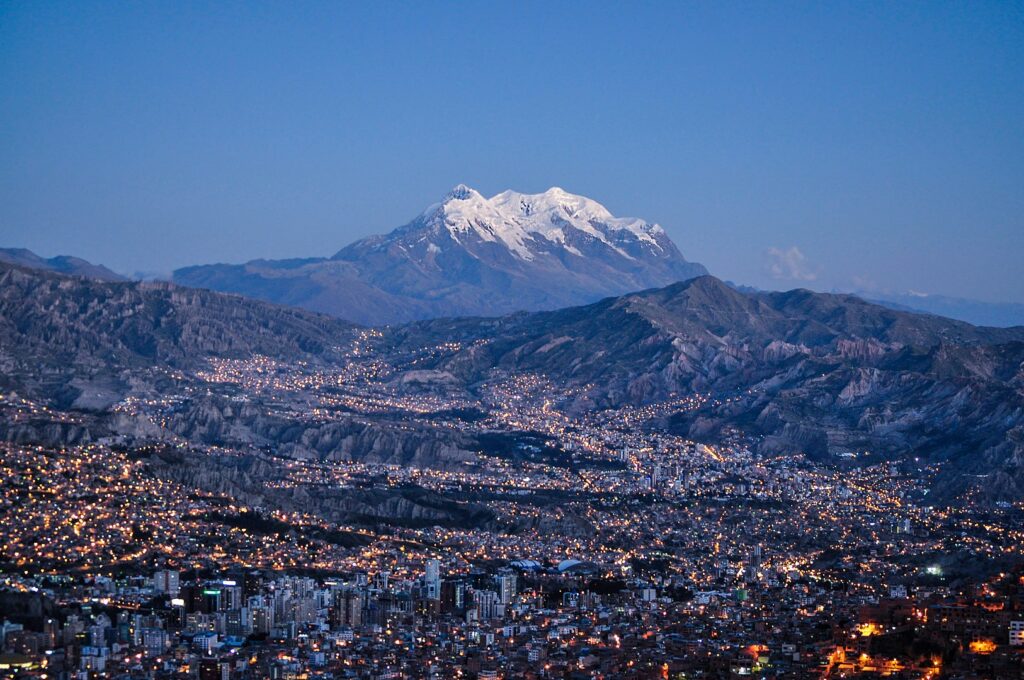
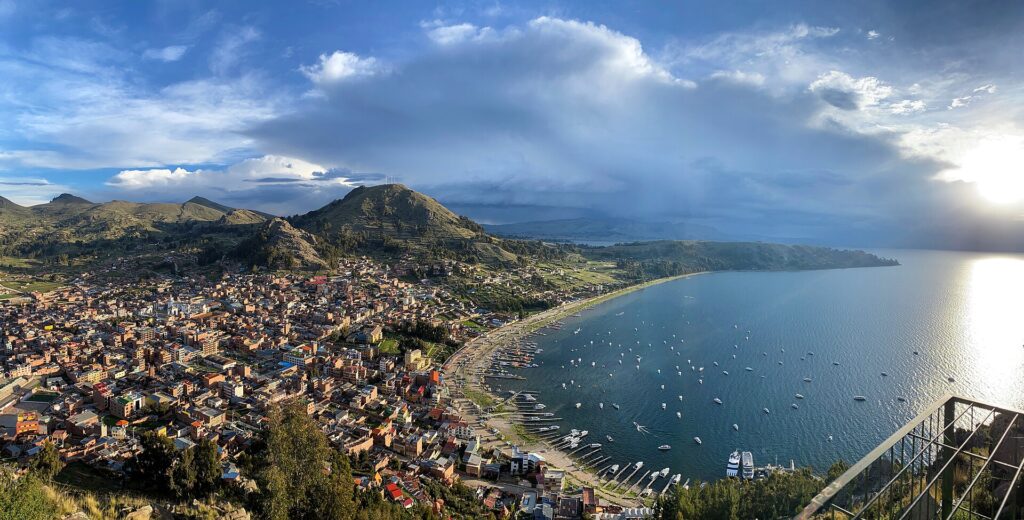

Discovering Bolivia’s Unique Culture
Bolivia’s culture is rich, blending deep roots from indigenous Aymara and Quechua people with Spanish influences. Its complex history began thousands of years ago. Since gaining independence in 1825, Bolivia has seen much change but retains a proud heritage visible in its customs, music, dance, and food.
Traditional clothing shines bright with vibrant colors showing each woman’s region or marital status. Dance plays a big role here too; the Diablada during Oruro Carnival is famous worldwide. Catholicism marks many lives, yet ancient beliefs stay strong alongside this faith.
This is especially evident through coca leaf rituals, important for both spiritual practices and as an ingredient in local cuisine, showcasing dishes like salteñas. Museums spread across Bolivia share stories of past times. Celebrations keep traditions alive, allowing visitors to see the genuine spirit of Bolivians.
Your First Steps in La Paz
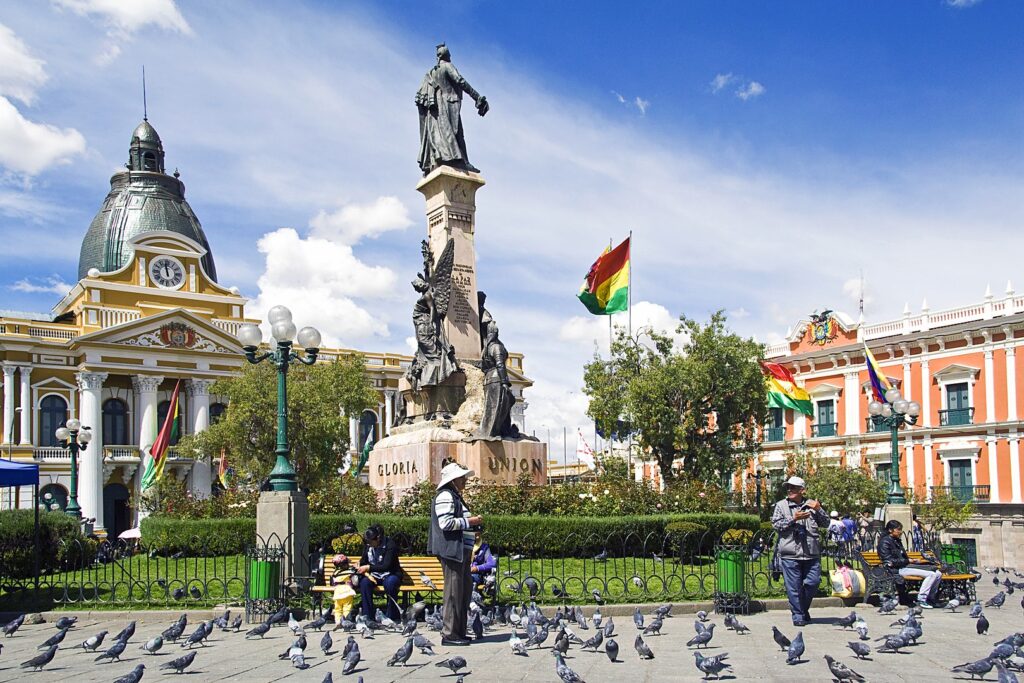
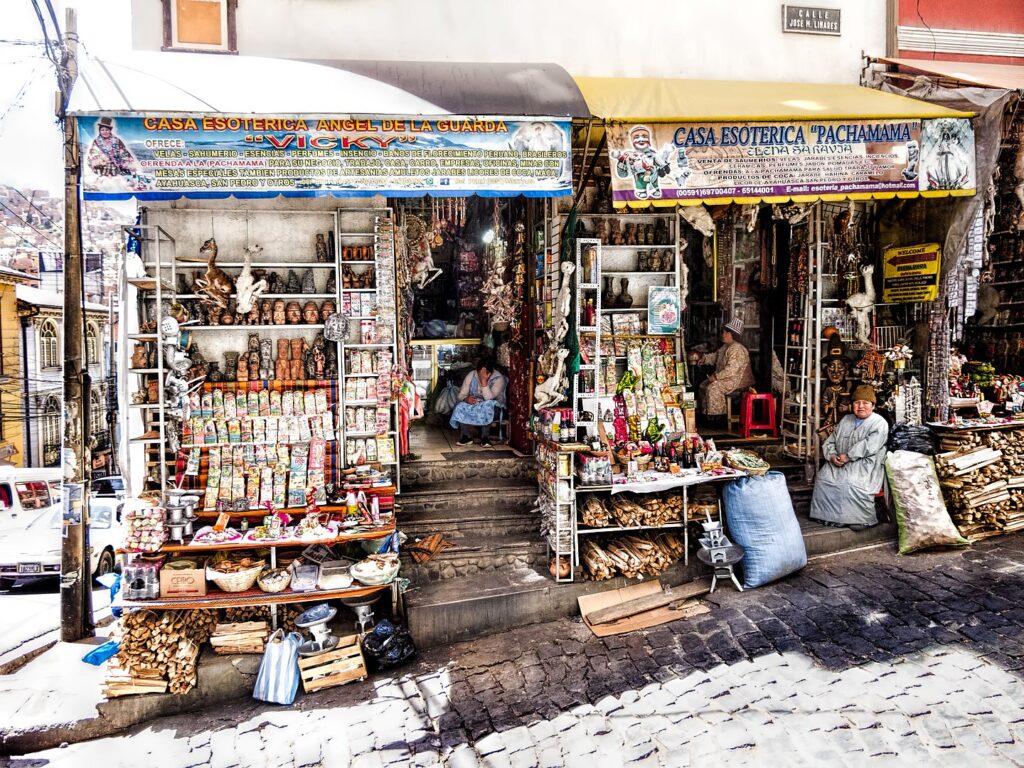
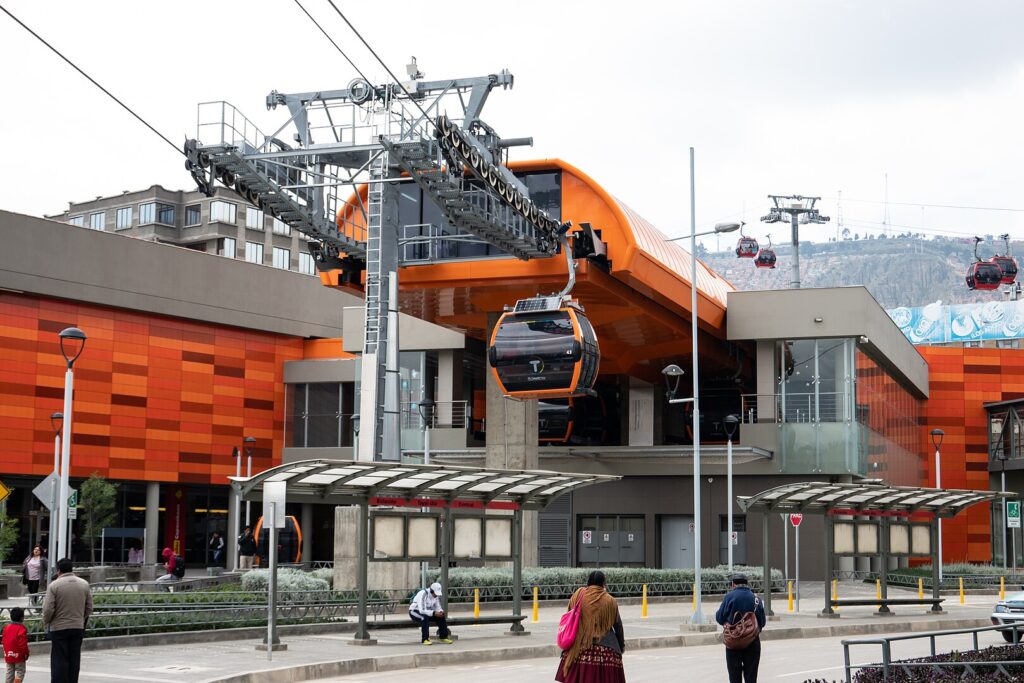
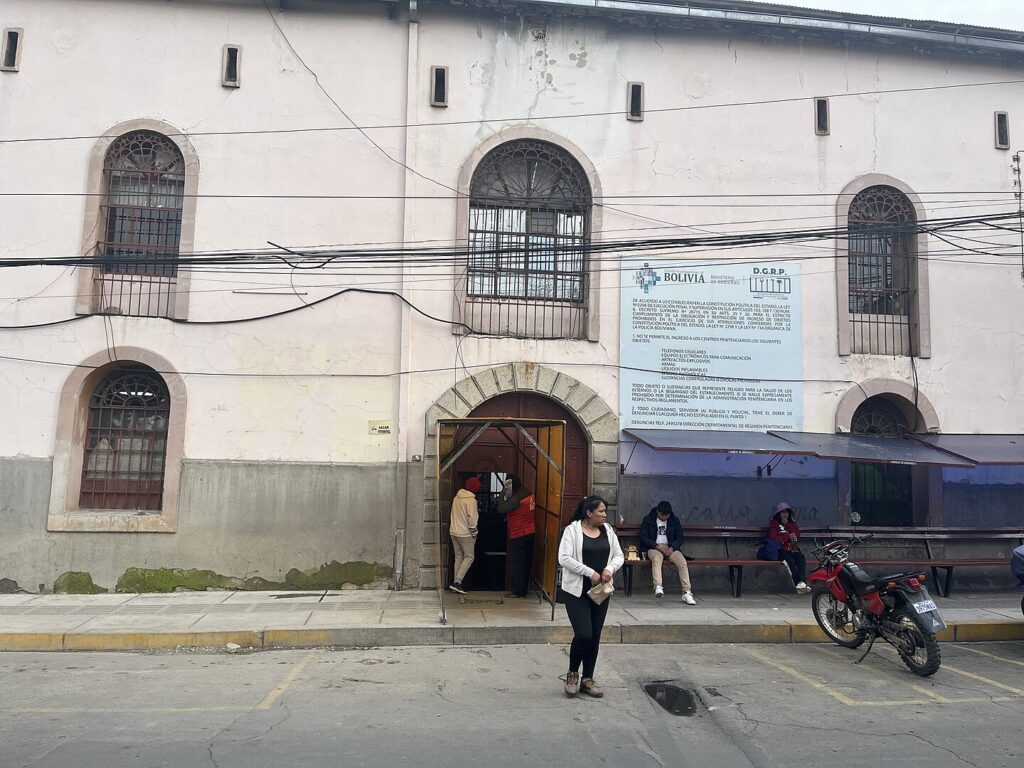
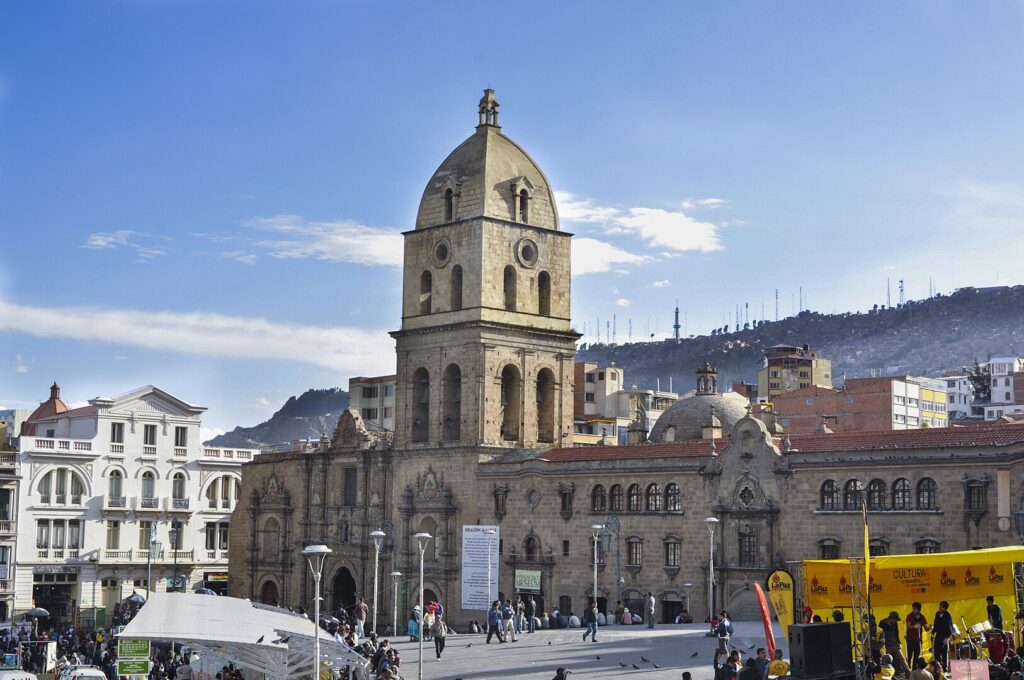
In La Paz, the first stop was a grocery shop. The hostel had a kitchen, so cooking was an option. Then came the visit to the Witches Market.
While running errands around town, amazing street art caught their eyes everywhere they looked. They also experienced La Paz’s cable car system called Mi Teleferico – a network of gondolas offering breathtaking city views from high up above valleys or down into deepest parts of this bustling metropolis. From ridge tops to ravine bottoms during their circuit ride offered glimpses into various city areas.
These included skyscrapers and universities amidst parks and futbol fields, indicating a vibrant community life. Seeking comfort food led them to Restaurant Japones Kenchan for delicious ramen. It satisfied their cravings away from home comforts.
Come next day, they were ready for deeper exploration and signed up for the Red Cap walking tour initiated at San Pedro Prison. An insightful guide explained the prison’s self-governance, intriguing visitors about its uniqueness. Walking through local markets revealed streets lined with stalls brimming over with a variety of foods.
The guide explained their spiritual significance in Bolivian culture and the belief in good karma for new structures and homes during ceremonies.
The next itinerary included the Basilica San Francisco on the edge of Plaza Mayor. The conversion narrative alongside the Spanish Occupation revealed a bridge over the cultural divide, with Inca theological elements embedded within the architecture, speaking volumes about the historical meld.
Navigating Bolivian Cuisine Delights
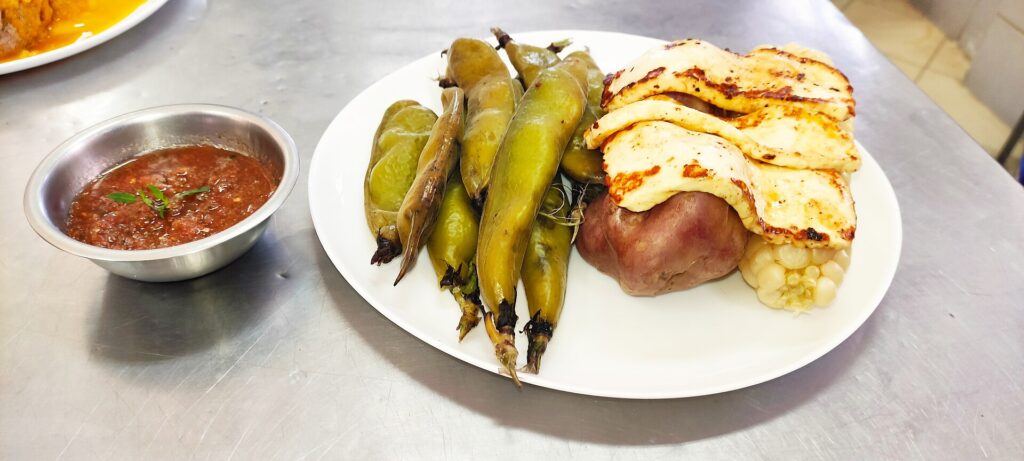
Eating in Bolivia brings a mix of fear and delight. Some travelers tell tales that scare, like bad cheeseburgers seeking comfort from home tastes. Yet, local dishes shine with richness.
In Copacabana, trucha a la diabla is fresh trout not to miss; believed caught from Lake Titicaca’s depths. Salteñas bake into memories as well, best found in Potosi known widely for these treats. Menus entertain before meals start; even covers can amuse greatly with their randomness.
The journey through Bolivia isn’t just about food but also exploring Andean culture deeply woven into dining experiences like nowhere else on earth.
Uncovering the Mysteries of Salar de Uyuni

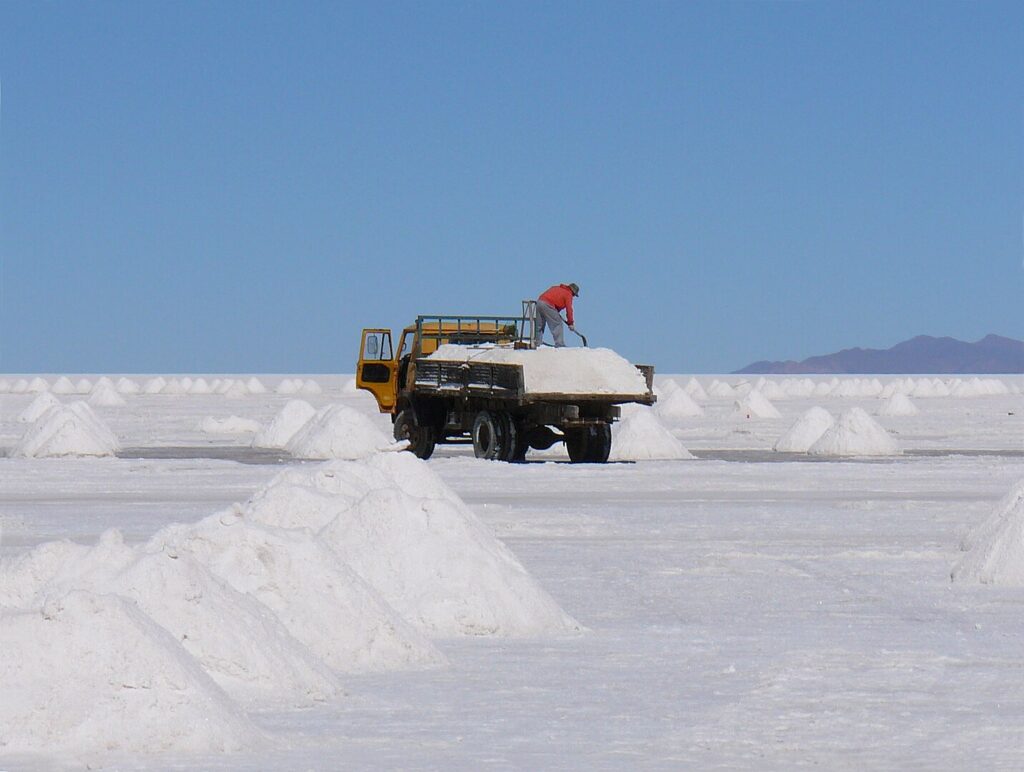
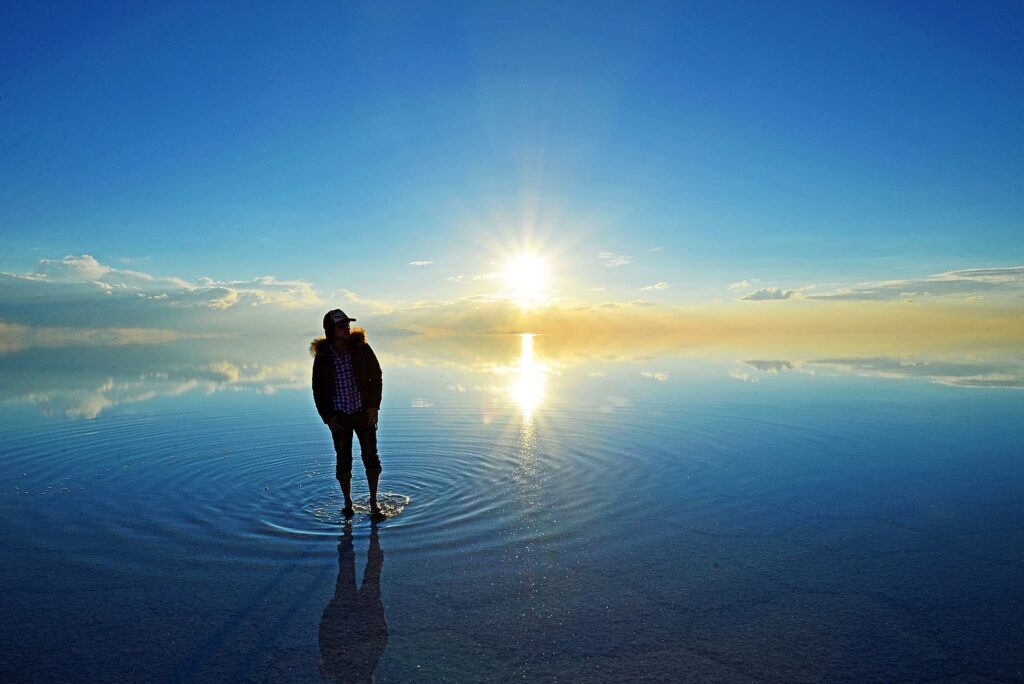
In the heart of Bolivia lies Salar de Uyuni, an expanse that captures imagination. The journey starts with a visit to trains left from past mining glory days, telling tales of history and change. Then it unfolds into vast salt plains formed by ancient lakes drying up over millennia.
This place isn’t just about its surface; local legends speak of goddess Tunupa’s tears shaping these flats, adding layers to their story beyond scientific explanation. Exploring further reveals hidden treasures like Volcán Tunupa overlooking this white canvas—its slopes offering hikes through mummy caves or panoramic views atop Fish Island amidst giant cacti forests. Visitors find creativity in photography here, playing with perspective against the endless backdrop for memorable shots.
They then retreat to unique hotels made entirely of salt, blending nature’s marvels with human ingenuity on this unforgettable tour across Salar de Uyuni’s landscapes.
Embracing Adventure at Lake Titicaca
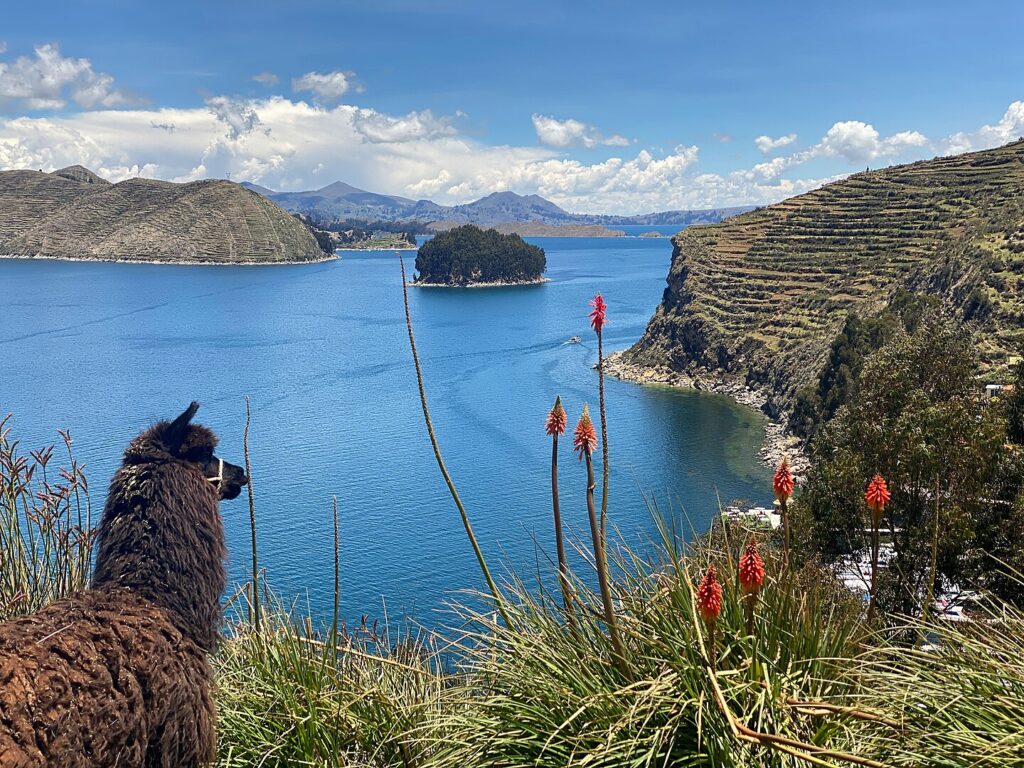
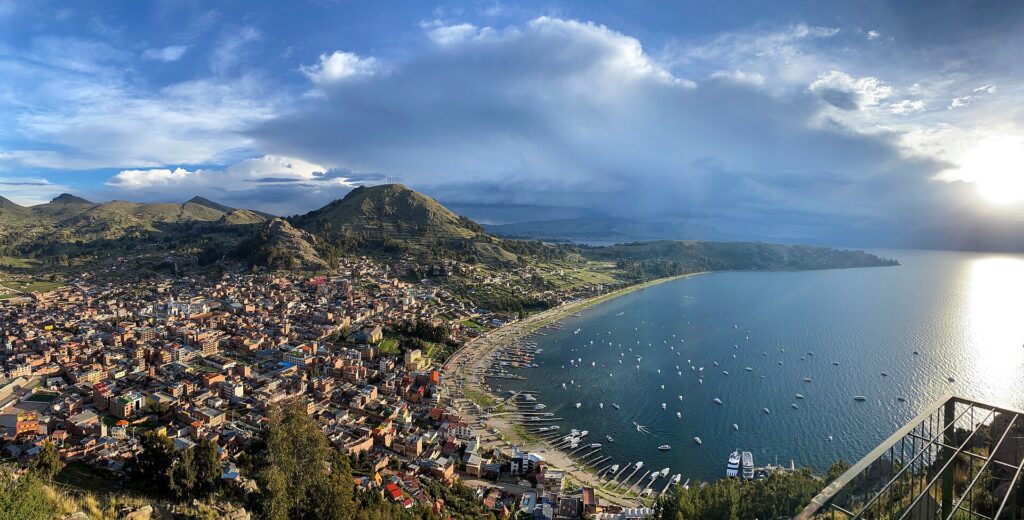
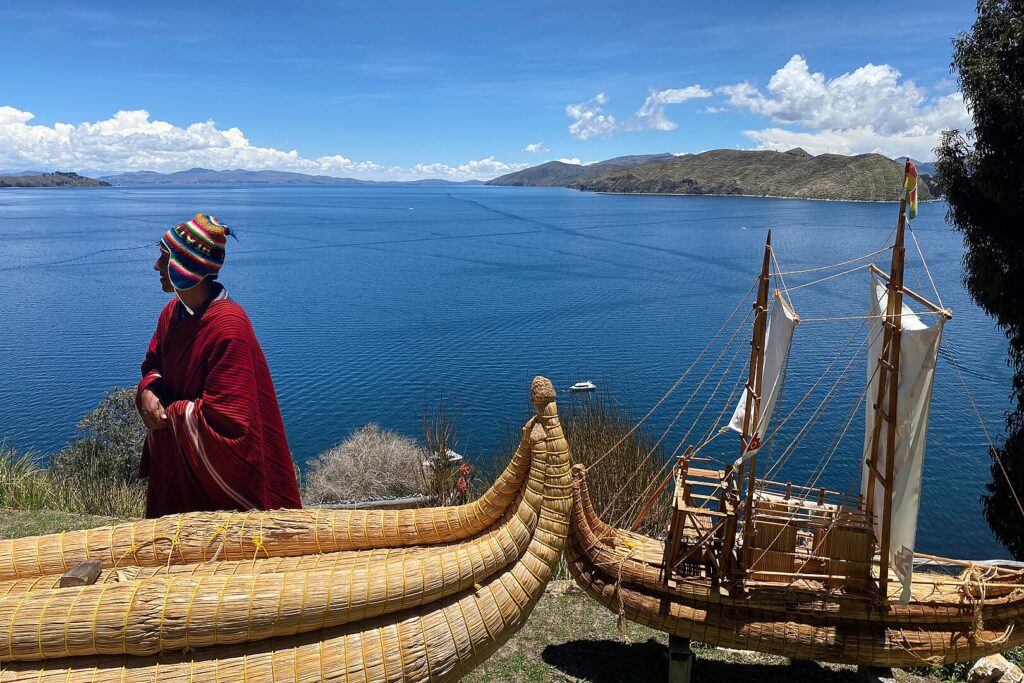
At dawn, we find ourselves at Lake Titicaca. It sits high in the mountains, above many world peaks. Here, seagulls fly and snow tops gleam under a vast sky.
We meet Pablo and Francisco by the water’s edge, ready for fishing. Lake Titicaca stuns with its size and beauty. Larger than all Swiss lakes combined; it hosts unique stories and life forms like fossilized sea shells on its shores.
Our journey began in Cusco before reaching Puno and then Bolivia. We explored Sun and Moon Islands, a quiet retreat from bustling cities. Despite facing environmental challenges including pollution and species loss that threaten its very essence, being here at sunrise fills one with awe.
The tranquility is disrupted only momentarily as Francisco casts his net, pulling up ipsi fish and a rare kalanchi, which is carefully returned to the waters, signifying hope amidst adversity.
Essential Tips for High Altitude Health
When traveling to high places, your body needs time to adjust. Drink lots of water; it helps with the dry air up there. Eat light meals often rather than big ones that are hard on digestion at this height.
Avoid alcohol and sleeping pills as they can make altitude sickness worse, which is a real risk above 8,000 feet. If you feel sick, go lower right away for relief. Slow down too—your physical effort feels harder up high due to thinner air so pacing yourself stops unnecessary strain on your body.
Journey Through Bolivia’s Amazon Basin
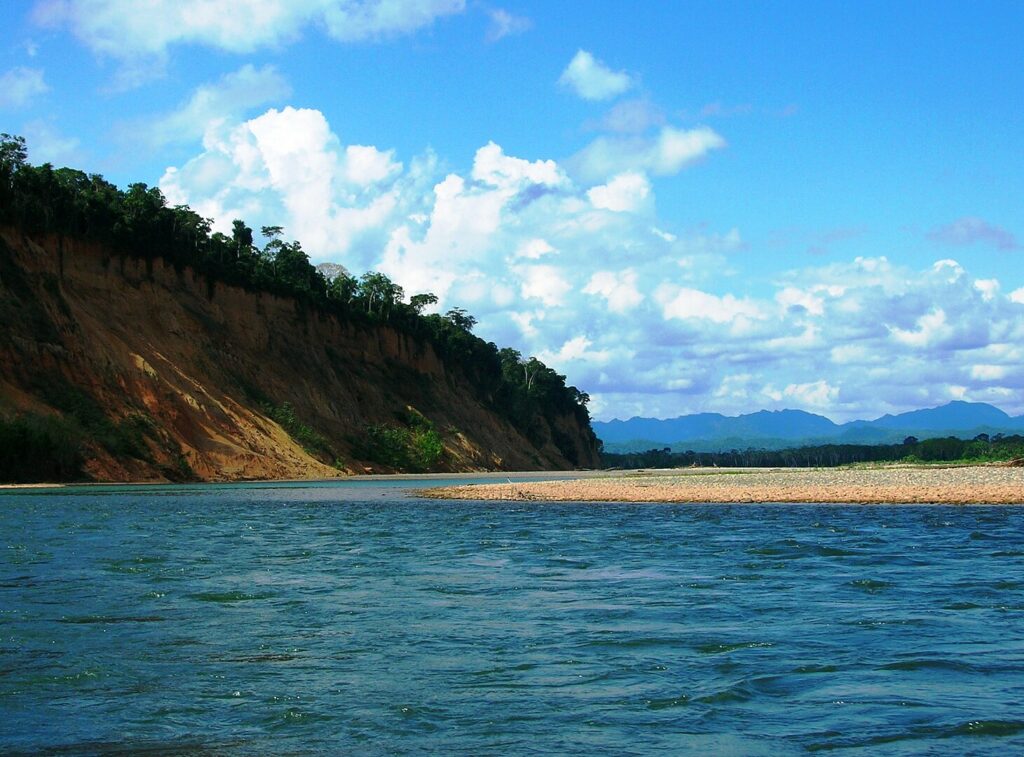
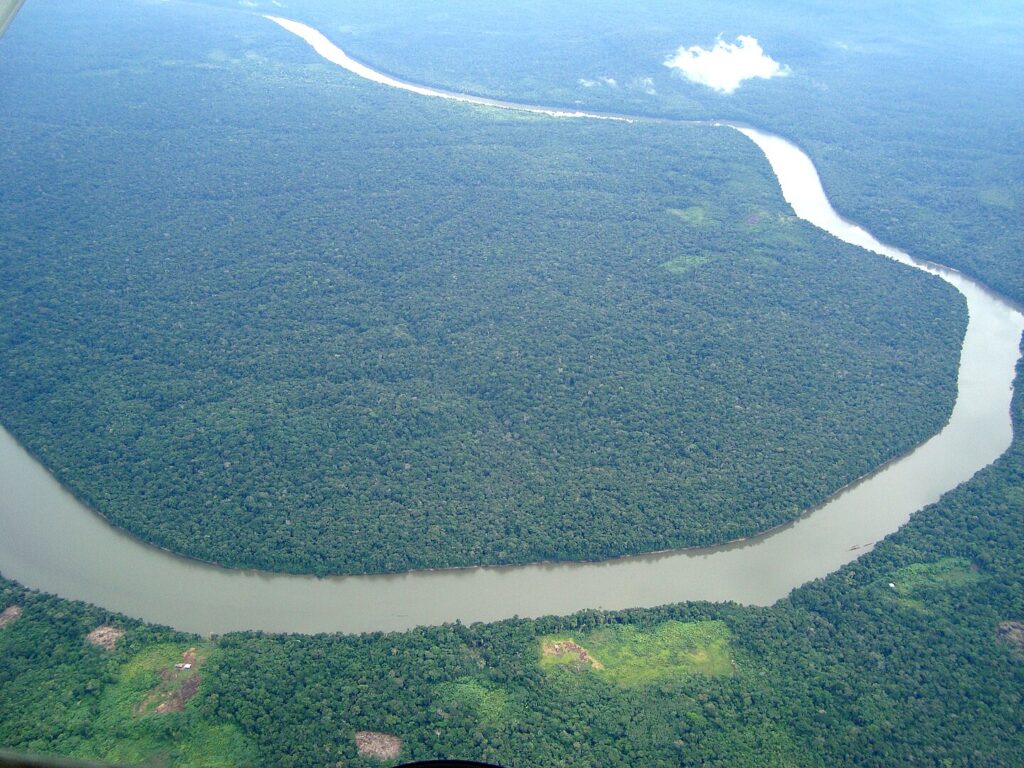
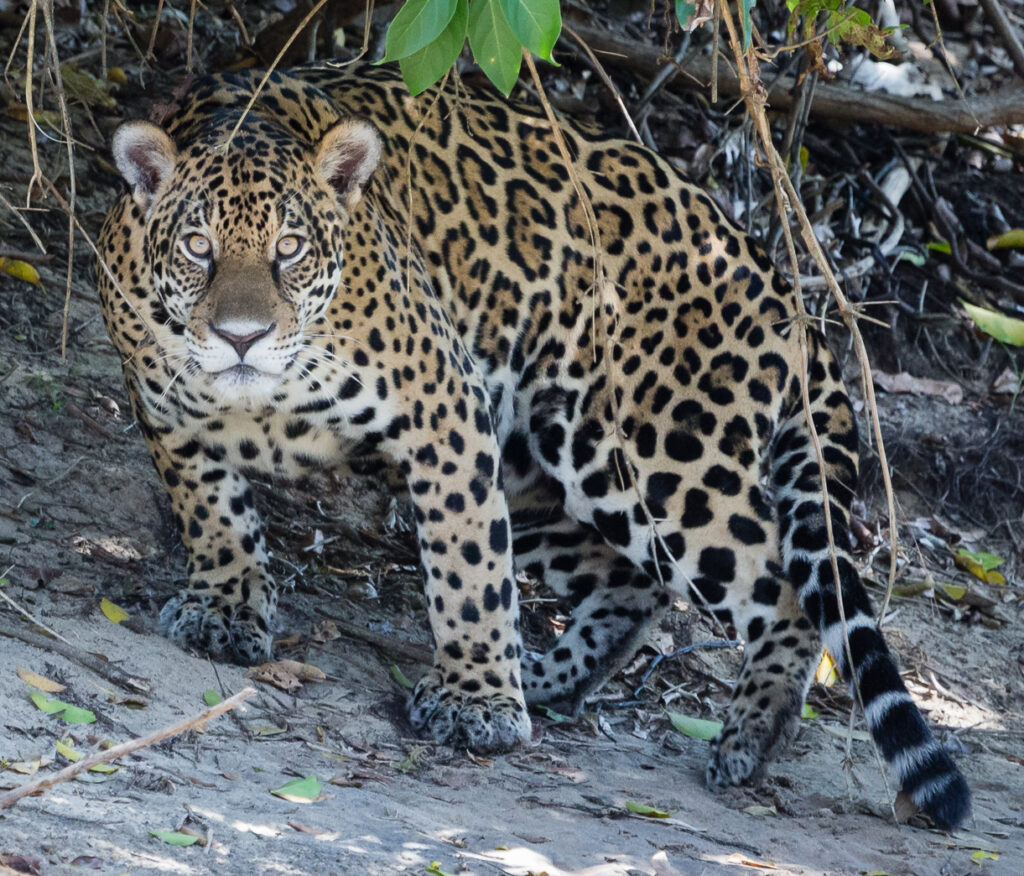
In my time exploring Bolivia’s Amazon Basin, the journey began in Rurrenabaque. This small town is a gateway to adventures. Visitors reach it either by a long bus ride or a quick flight from La Paz.
Tours into the jungle range in cost, but all provide food, drink, and activities. They take you deep into Madidi National Park for an upfront fee. Staying in Rurrenabaque offers many hostel options at affordable rates.
From here, tours venture either to Pampas for wildlife spotting on boats or deeper into the jungle for trekking experiences rich with flora and fauna learning opportunities. My own tour felt unique with few fellow travelers, giving me almost private access to our guide’s knowledge. Drifting along Amazonian waters and trekking through dense forests, highlighting local culture like sugar cane processing, was especially enlightening.
The accommodations pleasantly surprised with private eco lodges amidst nature’s quiet. This allowed immersive relaxation moments between excursions like fishing for piranhas and discovering plant uses during hikes.
Folklore and Festivals Not to Miss
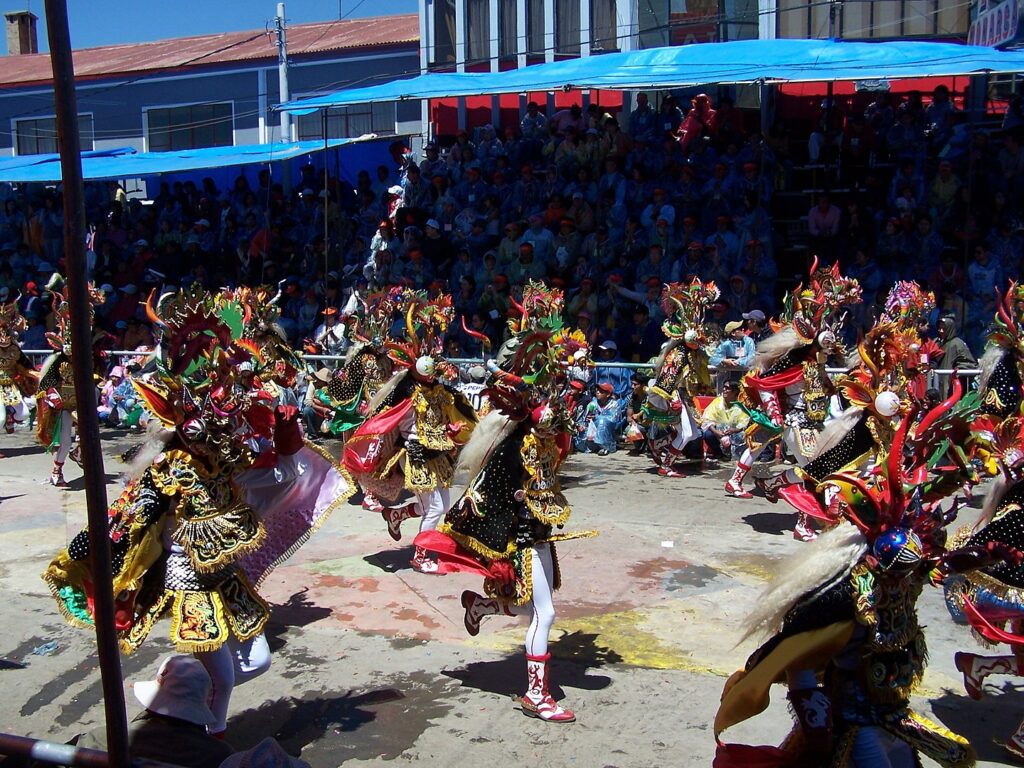
In Bolivia, folklore and festivals are a must-see. The country bursts with color and life during these times. One can’t miss the Oruro Carnival in February, known for its vibrant dances and elaborate costumes that fill the streets.
It’s a time when myths come to life through music and dance, showing off Bolivia’s rich cultural heritage. Another festival not to overlook is the Pujllay Festival in March, held in Tarabuco. It remembers historical battles but does so with joyous celebrations rather than sorrow.
Lastly, La Paz itself hosts Alasitas in January—a fair dedicated to Ekeko, the god of abundance—where people buy miniature items representing their wishes for the year ahead. Each event offers insight into Bolivian beliefs and traditions unique to this diverse nation. Remember: experiencing such festivities gives deeper understanding of local customs beyond typical tourist paths.
Practical Advice for Transportation Options
When planning a trip to Bolivia, keep in mind that buses often leave late and flights may be canceled if not full. It’s part of the adventure. Always have flexible plans, especially when exploring less-known places.
Allow extra days between major events for any delays. Overnight buses tend to be more reliable than flights here, rarely facing issues like lost luggage or cancellations compared to planes. Traveling by bus is cheaper and reduces stress despite longer hours on the road.
Booking the right bus is key; opt for under-hydration since bathroom breaks are rare and facilities lacking. For comfort during long rides: bring headphones or earplugs plus motion sickness tablets if needed. Public transport offers an authentic local experience at low cost.
Radio taxis are safe but agree on fares before riding.
Safety Measures While Exploring Bolivia
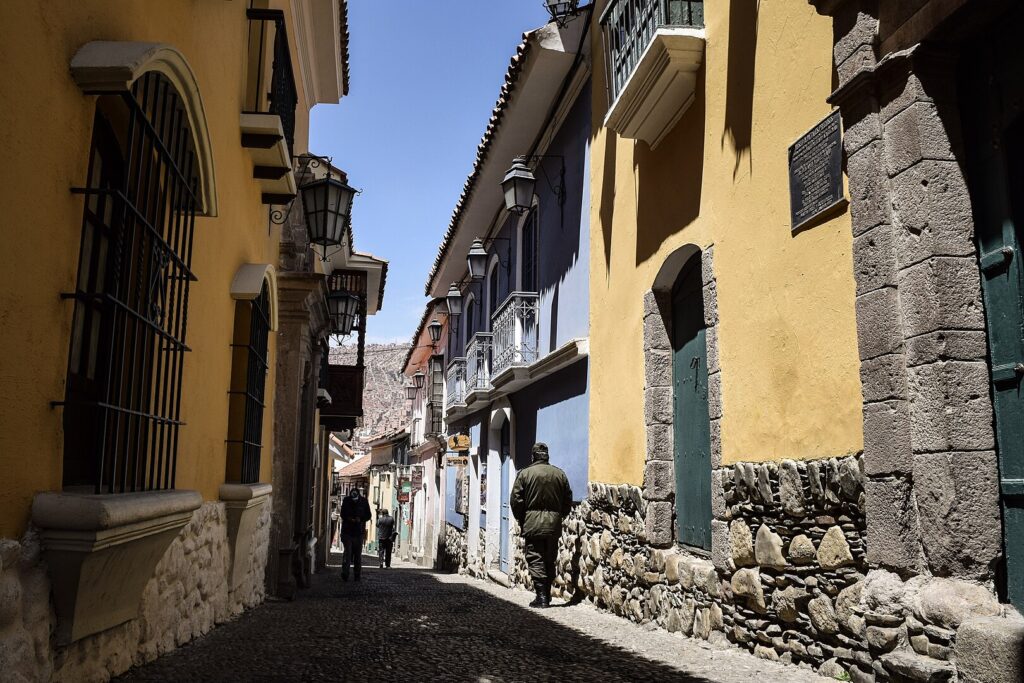
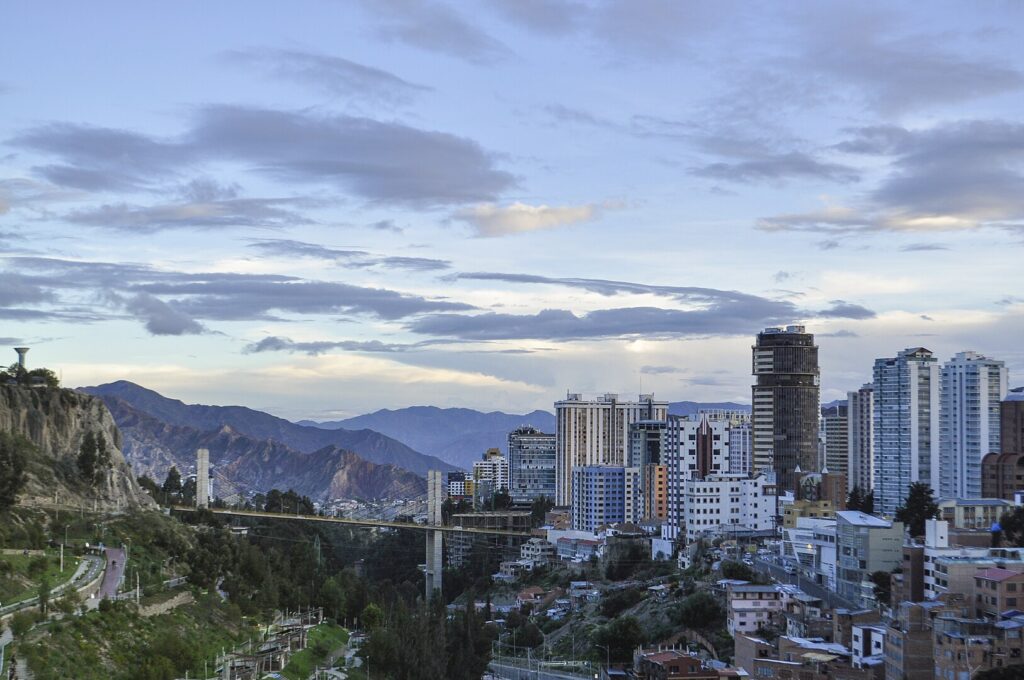
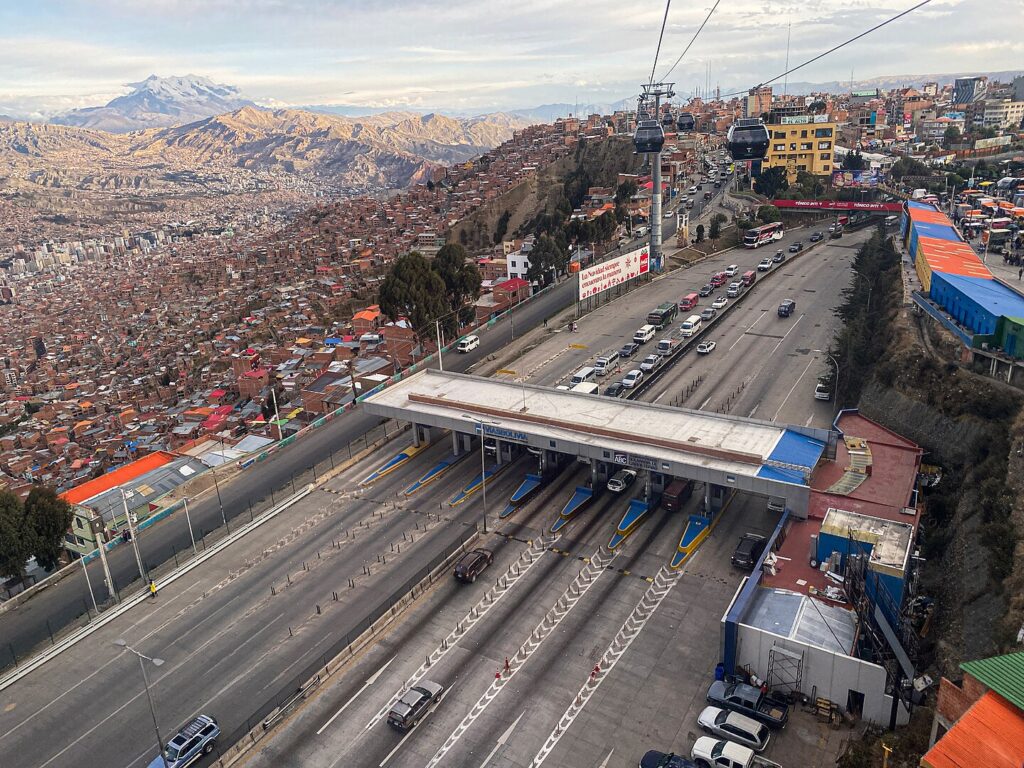
In Bolivia, moving around is key to exploring its sights. Minibuses and taxis offer rides at low costs, within cities like La Paz. For intercity travel, buses are preferred due to their balance of comfort and affordability.
They connect major spots across South America to Bolivian locales such as La Paz from places in Peru for instance Lima or Cusco with services like Bolivia Hop notable for flexibility. This service stands out by aiding travelers during border crossings providing guidance against common scams ensuring a smoother journey into the country. Once in La Paz safety on local transport includes using marked taxis avoiding late walks alone emphasizing reliability of options available including fun cable car rides across city views.
Always pick recognized taxi firms over unknown ones especially when night falls adding an extra layer of caution during your stay. For unique experiences, look no further than the Witches’ Market, Cycle Death Road, and Red Caps Walking Tour. Enjoy Cholita Wrestling, zip lining, skiing, and El Alto’s vibrant life, while ensuring personal safety and fully immersing yourself in Bolivia’s offerings.
Budget Hacks for the Thrifty Traveler

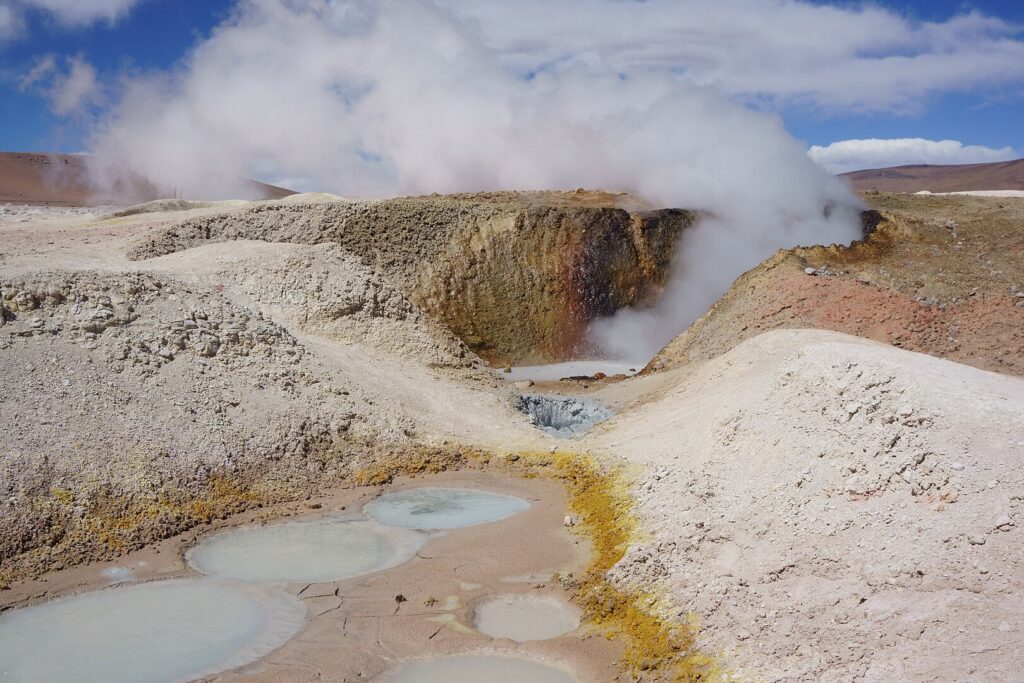
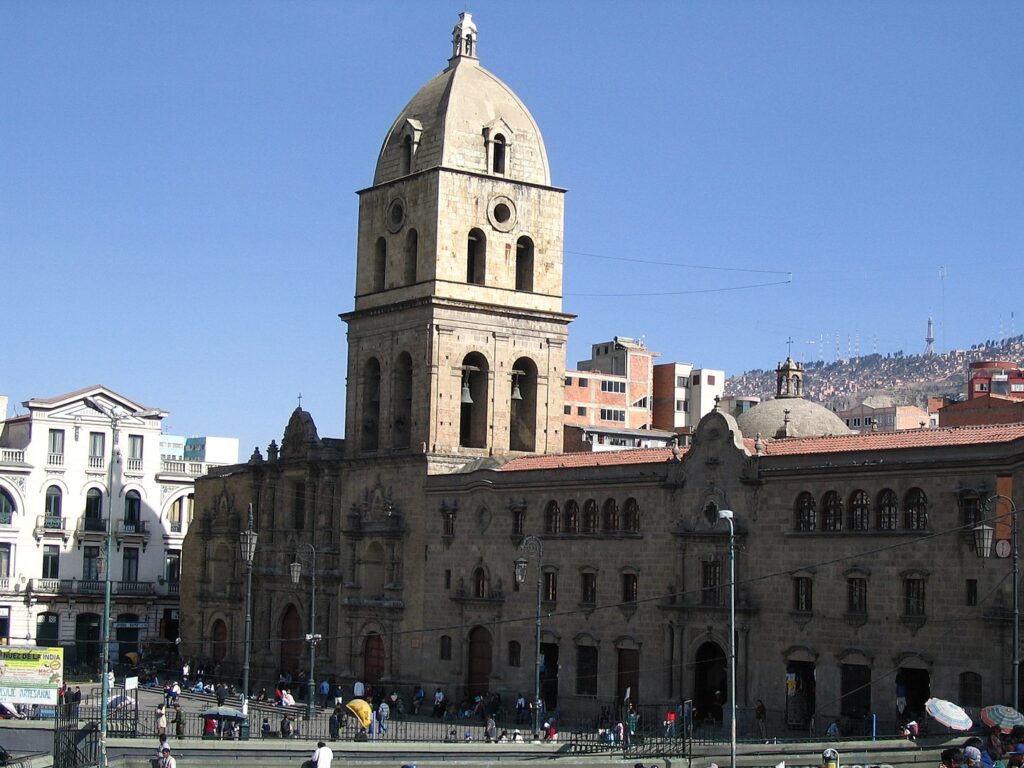
Talking Aymara helps travelers save money in Bolivia. Learning basic phrases gets them better deals and more goods at markets. Always wash fruits and veggies with lime to kill germs, which is both cheap and safe eating advice.
For bus travel, buying tickets right before leaving costs less; it won’t go over $8 even for long trips or overnight stays. However, don’t trust when told buses have toilets since most don’t; the ones claiming to often say theirs are out of order.
Exploring Bolivia for the first time offers an exciting adventure. From the vast, salt flats to rich, cultural cities, travelers find much to see and do. Start with the city life in La Paz then head out to nature’s wonders like Salar de Uyuni.
Local foods and markets add flavor to your trip. Remember high altitudes might take getting used to so go slow at first! With open eyes and a ready spirit you will enjoy all that is new on this journey through Bolivia’s heartlands.
Frequently Asked Questions
-
What is the best month to visit Bolivia?
June to September
-
Is Bolivia worth going to?
Absolutely, Bolivia is worth visiting for its diverse landscapes, rich culture, and unique experiences.
-
Is it cheap to visit Bolivia?
Yes, Bolivia is relatively inexpensive.
-
How many days are enough for Bolivia?
Around 10 to 14 days is a good to explore Bolivia.
-
Do I need a visa to travel to Bolivia?
It depends on your country, please check with the Bolivian embassy for visa requirements.
Discover a wealth of valuable travel articles by visiting our blog page, brimming with an abundance of tips, guides and inspiration for your upcoming adventures. Whether you’re in search of insider knowledge on unexplored destinations or seeking pocket-friendly advice to facilitate budget travel – we cater to every kind! Our wanderlust-inducing storytellers ensure that each journey is enthralling; curated collections take the reader on a voyage through hidden gems and invite them into their next unforgettable destination where they will be carried away by exploration.


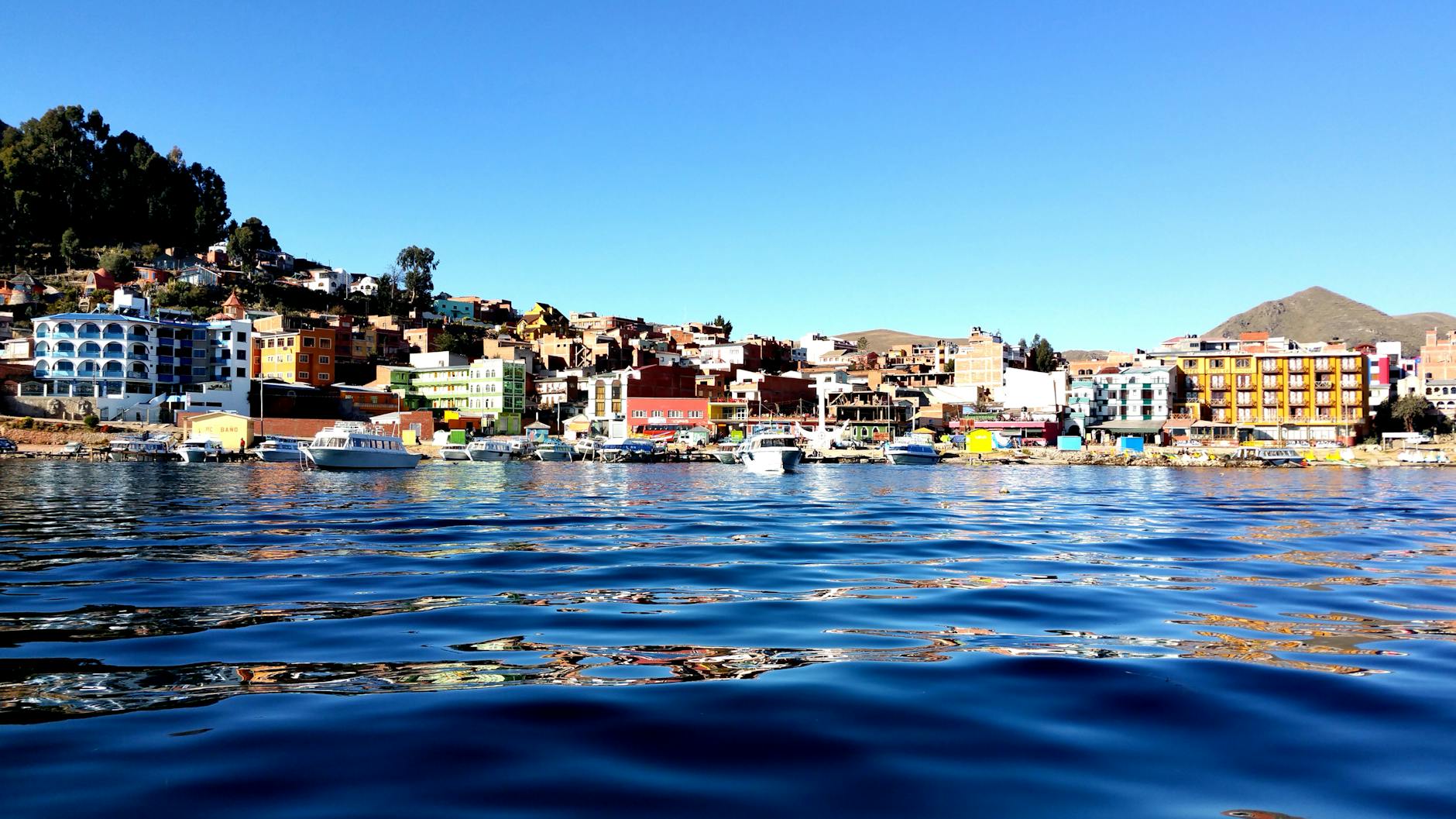


Leave a Reply